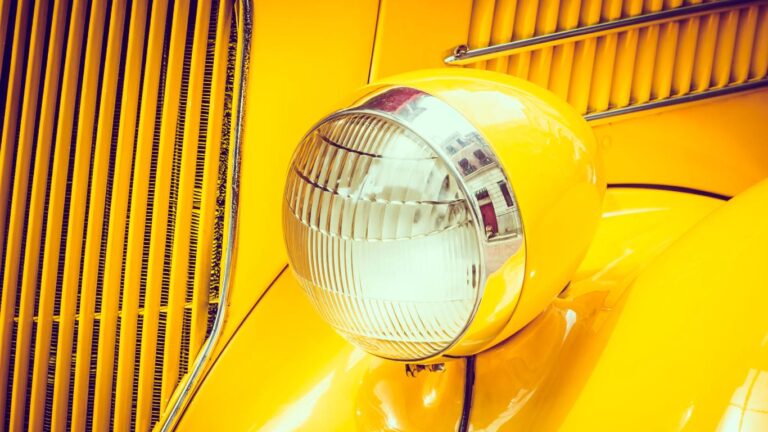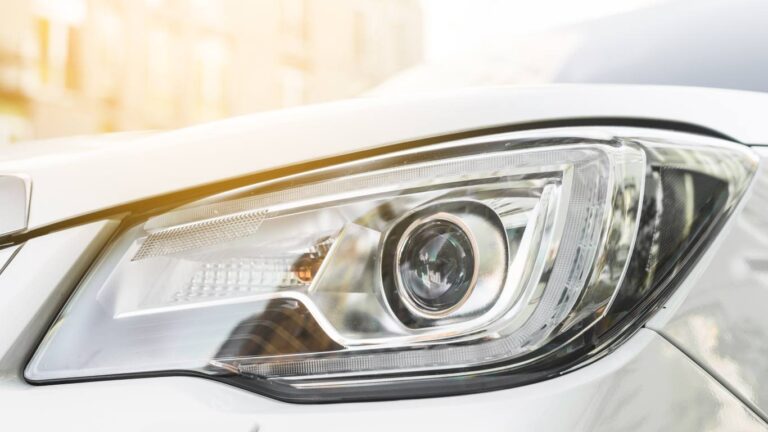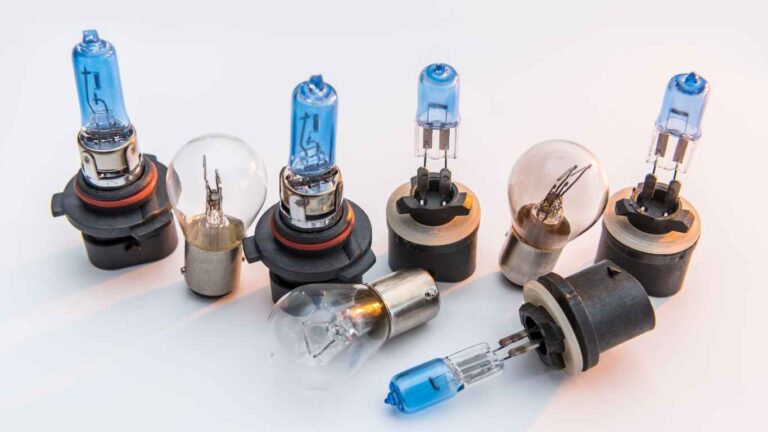Introduction to Auto Headlights
Auto headlights, often known as automatic or auto-on headlights, are features in modern automobiles that aim to increase safety and convenience. Here is a basic overview of how they work:
What Are 3 Types Of Headlights?
Halogen headlights
Halogen headlights are standard equipment on most modern vehicles. They generate a lot of heat since they use energy to illuminate the bulb via the filament.
They are inexpensive and straightforward but have fallen out of vogue in recent years as more energy-efficient alternatives appear.
Xenon or HID headlights
High-intensity discharge (HID) headlights are another name for xenon headlights. They don’t use a metal filament to produce light; instead, the HID bulb is filled with Xenon gas, which ignites to provide a bright white light.
LED headlights
LED headlights generate light using electroluminescence, which is more energy-efficient than halogen.
This procedure also means that LED lights will often survive longer than their counterparts while being more expensive. They are most commonly seen in newer vehicles, and their prevalence appears to be increasing in the future.
What Type Of Car Headlight Is Best?
This topic has no definite answer because it heavily depends on your vehicle type and intended purpose. However, the fact that LED lights are increasingly being employed in newer automobile models may imply that they are preferable, at least in the eyes of manufacturers.
Although slightly more expensive than halogen headlights, LED headlamps are substantially more energy efficient and produce a brighter light. They are usually less expensive than Xenon headlamps, which make the most dazzling, concentrated light.
Use Your Headlights Correctly
Understand how your lights work and when they may need to be replaced. If you know you’ll be traveling in the dark, check your lights before leaving to confirm that all the bulbs are working.
If not, you’ll need to change the bulb before you go. If your lights do not work, you may be pulled over and punished by police.
Dipped headlights
These are the most often used headlamps. They are pointed downwards, toward the road, so there is little chance of dazzling approaching cars.
To activate them, twist the indicator stalk or use the dial on your dashboard. In newer autos, the lights may turn on automatically.
Full-beam headlights
These are the brightest types of headlights found on standard automobiles. They are angled higher, allowing the driver to view more of the road.
They may employ bulbs that are different from the dipped headlamps. When approaching oncoming traffic, utilize dipped headlamps instead of full brightness to avoid dazzling other vehicles.
Sidelights
Sidelights, often known as parking lights, are less bright than headlamps and can be utilized when the weather is not dark enough for dipped lights but visibility is less than optimum.
Sidelights can also be used for extended periods, such as while legally parked overnight on a high-speed limit route.
Fog lights
Fog lights might help when the weather makes it difficult to see the road ahead. The rear fog lights are designed to cut through severe weather conditions so that other.
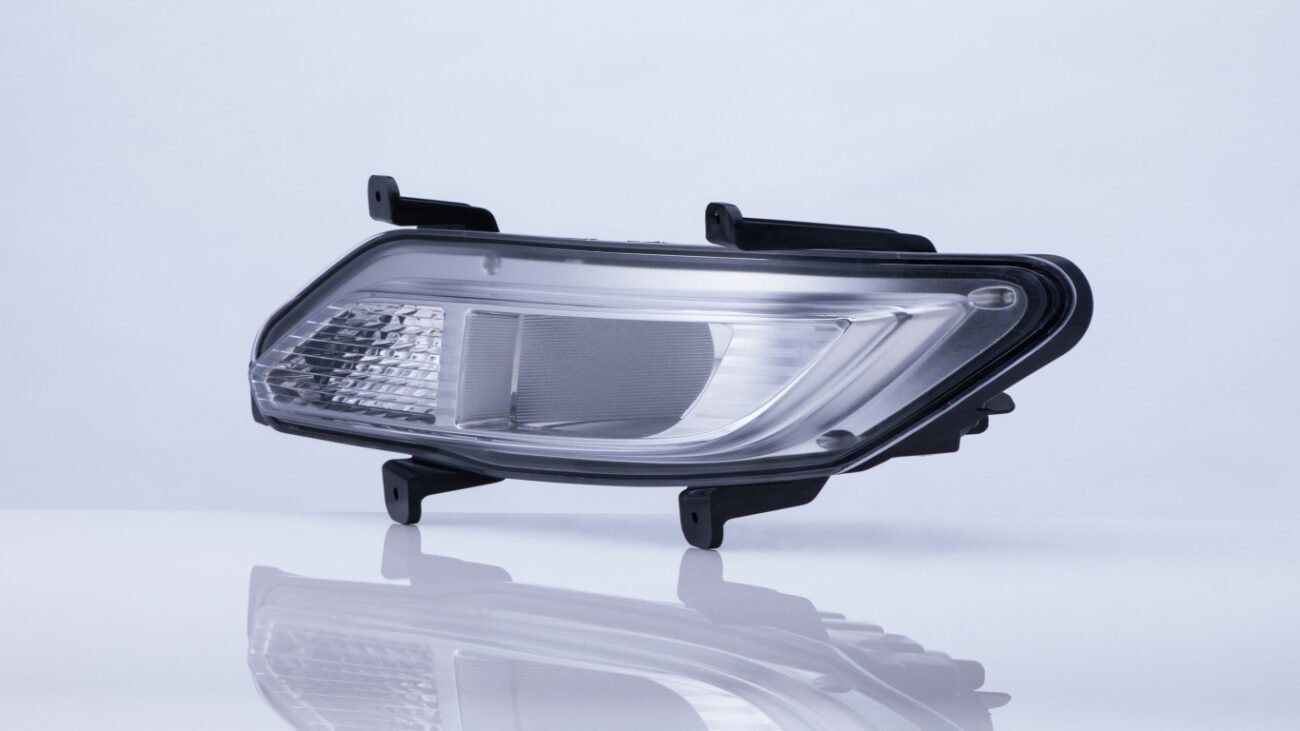
Types of Headlight Bulbs For Cars
Halogen bulbs
Halogen bulbs are the most popular vehicle variety because they are inexpensive and easy to repair. They generate yellowish-white light and have a moderate lifespan compared to other alternatives.
LED bulbs
LED bulbs are known for their exceptional brightness and energy economy. They produce bright, white light and last longer than halogen lights, making them a popular choice among drivers.
HID Globes
HID bulbs emit a bright, bluish-white light that resembles daylight. They provide good visibility but are usually more expensive than halogen and LED bulbs.
How Do I Choose the Best Headlight Bulb for My Car?
The main criteria for selecting auto headlight bulbs is understanding the three basic types of bulbs and which is most suited to your specific car. It’s worth noting that each vehicle has its type of headlamp.
There are three main types: xenon/HID, halogen, and LED. Most automobiles arrive in the showroom with halogen headlamps. However, many high-end, newer models have LED lighting.
Xenon/HID employs gas (specifically xenon gas) instead of the traditional filament, which glows when heated. HIDs last far longer, operate at lower temperatures, and produce much brighter light than halogens.
If you want to install HIDs on your vehicle, you will likely need to hire a professional and expect to pay more than you would for ordinary halogen lights.
Traditional lights are less bright than halogen headlights, which use a filament system heated within a closed atmosphere of halogen gas to produce an extremely strong light beam.
LEDs require far less electrical power than halogens and run at far lower temperatures. These modern lights last significantly longer than halogen lights and provide a brilliant, constant beam of light that is wider and more luminous than other headlamps.
Lighten up: Tips for Maintaining Your Car Headlights
Each winter, you adjust to the sun setting a bit earlier. You get used to turning on your car lights early. It is a slow change, so you may not notice when your headlamps begin to fade.
These five strategies ensure you always have a clear road perspective.
Routinely Check Lighting Operation
Burned-out headlights or taillights may not be noticeable when driving. Regularly inspect both sets by parking, turning on the lights, and walking around the vehicle.
Replace defective taillights or headlamps in pairs to reduce sudden blackouts on the roadway.
Make Sure Lights Are Aligned
Headlights are designed and placed to point in the same direction. However, rough roads, potholes, and curb bumps can cause lights to become misaligned.
To check car light alignment, park in front of a closed garage door and turn it on. If the beams do not line up, take the automobile to a nearby auto service center for headlamp repair.
Keep The Front And Back Lights Clean
Don’t rely on trips to the car wash to keep your headlamp components clean. Dirt buildup on bulbs and housing lowers luminosity. Once a week, wipe clean the front and back lights using a damp microfiber towel.
Restore Cloudy, Yellow Lights
Headlight lenses are made of polycarbonate plastic, which is quite durable. However, the sun’s UV rays eventually damage them, and car exhaust and smog corrode the plastic, resulting in yellow or foggy lenses.
The problem influences nighttime driving safety and reduces the worth of your vehicle. You can either use a headlamp restoration kit to do it yourself or get them changed at your local vehicle service center.
Consider a headlight upgrade
Optimal illumination on a dark road improves nighttime visibility, which increases your safety and reaction time. Consider investing in car headlights to enhance your evening driving experience.
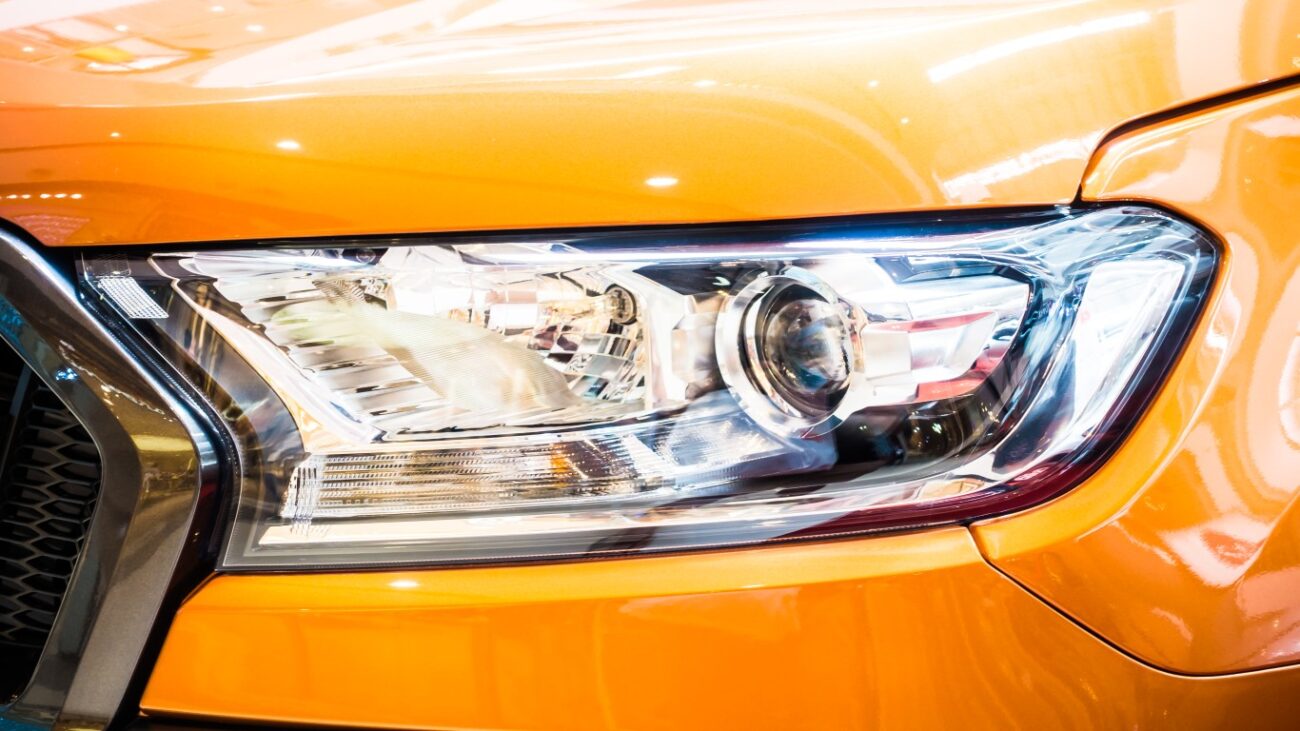
Equipped Your Car With Car Parts Canada Now
Shayan Auto Parts offers high-quality car parts that will revitalize your vehicle. Explore our selection of luxury car front lights explicitly built for Canadian roads. Improve your vehicle’s visibility and safety today.
Shop now for dependable performance and exceptional value. Drive with confidence.

